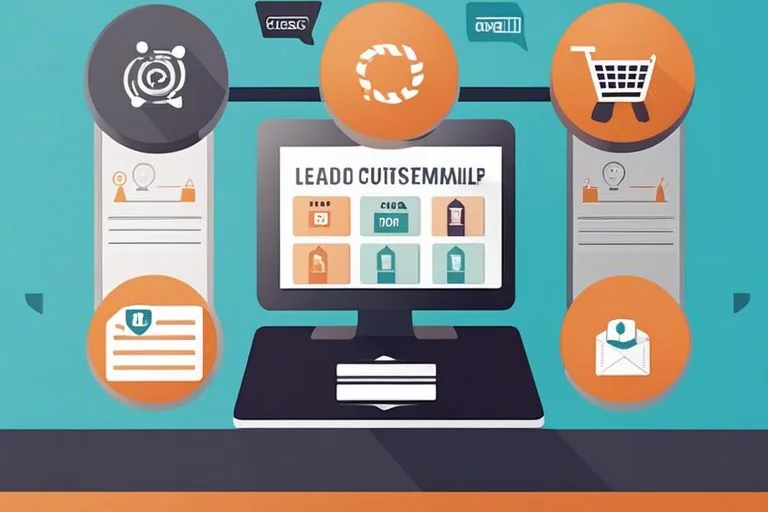Just like any other piece of machinery, your vehicle is not exempt from wear and tear. In this listicle, we will be discussing five crucial signs that your vehicle may be in need of immediate body work. By identifying these warning signals early on, you can ensure the safety and longevity of your vehicle on the road. Let’s investigate into the key indicators that should not be ignored.
Key Takeaways:
- Unusual Sounds or Vibrations: Pay attention to any strange noises or vibrations coming from your vehicle as this may indicate the need for immediate body work.
- Visible Damage: Look for dents, scratches, or rust on your vehicle’s exterior that can lead to further issues if not addressed promptly.
- Warning Lights: Take warning lights on your dashboard seriously, as they can indicate underlying problems with your vehicle’s body that require immediate attention.

Visible Rust Spots
Rusting Body Panels
The sight of rust spots on your vehicle’s body panels is a sure sign that immediate body work is needed. Rust not only degrades the appearance of your car but can also weaken the structural integrity of the body, making it more prone to damage in the event of a collision. It’s crucial to address rust spots promptly to prevent further corrosion and costly repairs.
Undercarriage Corrosion
You’ll want to pay close attention to the undercarriage of your vehicle for signs of corrosion. Salt, moisture, and dirt can accumulate in the undercarriage, leading to rust and corrosion over time. If left unchecked, undercarriage corrosion can compromise the safety and performance of your vehicle. Regular inspections and rust-proofing treatments can help prevent this issue.
Rust not only affects the aesthetic value of your vehicle but also poses serious safety risks. It’s imperative to address any visible rust spots promptly to ensure the longevity and safety of your vehicle. If you notice signs of rust, don’t hesitate to consult a professional auto body repair specialist for immediate assistance.
Paint Discoloration
Sun Damage
If you notice your vehicle’s paint looking faded, chalky, or dull, it could be a sign of sun damage. Prolonged exposure to sunlight can cause the paint to break down and lose its color, leading to discoloration. Sun damage not only affects the appearance of your vehicle but can also make it more susceptible to rust and corrosion.
Uneven Coloring
You’ll want to pay attention to any areas of your vehicle’s paint that appear to have uneven coloring. This could be a result of the paint not being applied evenly during the initial painting process, or it could be a sign of fading or peeling paint. Uneven coloring can detract from the overall aesthetics of your vehicle and may indicate the need for immediate body work.
Uneven coloring can be caused by a variety of factors such as improper paint application, exposure to environmental elements, or even previous repair work that was not done properly. It’s important to address this issue promptly to prevent further damage to your vehicle’s paint job.
Dents and Dings
Noticeable Indentations
For many vehicle owners, a dent or ding may just seem like a minor blemish on the surface of their car. However, these seemingly small imperfections can actually indicate underlying damage that may affect the structural integrity of the vehicle. It’s imperative to address these noticeable indentations promptly to prevent further issues down the road.
Misaligned Body Panels
Clearly visible misaligned body panels are a telltale sign that your vehicle requires immediate body work. Misalignment can occur due to a collision, rough handling, or corrosion, and it can compromise the aerodynamics and safety of your car. Ignoring misaligned body panels can lead to more significant problems and costly repairs in the future.
An accurate assessment of misaligned body panels should be conducted by a professional body shop to determine the extent of the damage and the necessary repairs. Technicians will use specialized tools and techniques to realign the panels correctly, ensuring that your vehicle maintains its structural integrity and appearance.
Cracked Windshield
Vision Impairment
To ensure your safety on the road, a cracked windshield should not be ignored. Even a small crack can lead to vision impairment while driving. It can distort your view of the road ahead and hinder your ability to react to any sudden obstacles or changes in traffic.
Structural Weakness
For vehicles, the windshield is not just a piece of glass; it plays a crucial role in maintaining the structural integrity of the car. A cracked windshield compromises the strength of the vehicle’s frame and puts you at risk in case of a collision or rollover. It can affect the deployment of the airbags and jeopardize the safety of everyone in the car.
On the surface, a crack in the windshield may seem like a minor issue, but it can have significant consequences. The windshield provides up to 30% of a vehicle’s structural strength, especially in the event of a rollover accident. Ignoring a cracked windshield can lead to serious safety hazards and costly repairs down the line.
For instance, in a rollover accident, a cracked windshield may shatter more easily, increasing the risk of ejection from the vehicle. It’s necessary to address any windshield damage promptly to ensure the safety of all occupants in the vehicle.
Loose or Hanging Parts
Unlike minor scratches or dents, loose or hanging parts on your vehicle indicate a more severe need for immediate body work. These parts can compromise the structural integrity of your vehicle and pose a safety risk to you and others on the road. It is crucial to address this issue promptly to prevent further damage and ensure the safety of your vehicle.
Bumper Damage
An indication of loose or hanging parts is bumper damage. Bumper damage can range from a minor scratch to a major dent, affecting the appearance and functionality of your vehicle. It is imperative to have any bumper damage assessed and repaired by a professional to ensure the safety and integrity of your vehicle.
Detached Moldings
Clearly, detached moldings are a sign of loose or hanging parts on your vehicle. Moldings help to protect the edges of panels and add aesthetic appeal to your vehicle. When moldings become detached, it not only affects the appearance but also exposes vulnerable areas to potential damage. It is important to address detached moldings promptly to prevent further issues and maintain the overall look and protection of your vehicle.
Conclusion
On the whole, recognizing the signs that your vehicle needs immediate body work is crucial to ensure your safety on the road. By being vigilant and addressing issues promptly, you can prevent further damage and costly repairs. If you notice any of the signs mentioned, such as strange noises, leaks, or a misaligned frame, it is best to seek professional help right away. Ignoring these warning signals could compromise the integrity of your vehicle and put your well-being at risk. Stay proactive and attentive to keep your car in optimal condition.
FAQ
Q: What are the signs that my vehicle needs immediate body work?
A: 1. Crunching or grinding noises while driving.
2. Uneven gaps between body panels.
3. Rust spots or bubbling paint on the exterior.
4. Dents, dings, or scratches on the body.
5. Misaligned doors or difficulty opening and closing them.
Q: How important is it to address body work issues promptly?
A: Addressing body work issues promptly is crucial for several reasons. Ignoring these signs can lead to further damage to your vehicle, potentially compromising its structural integrity and safety. Prompt action can also prevent rust and corrosion from spreading, ultimately saving you time and money on more extensive repairs in the long run.
Q: Can I perform body work on my vehicle myself, or should I seek professional help?
A: While some minor dents or scratches can be addressed with DIY kits, more extensive body work should be left to professionals. Professional auto body shops have the expertise, tools, and products necessary to properly assess and repair damage to your vehicle. Attempting complex repairs yourself can result in further damage and may void any existing warranties on your vehicle.


















